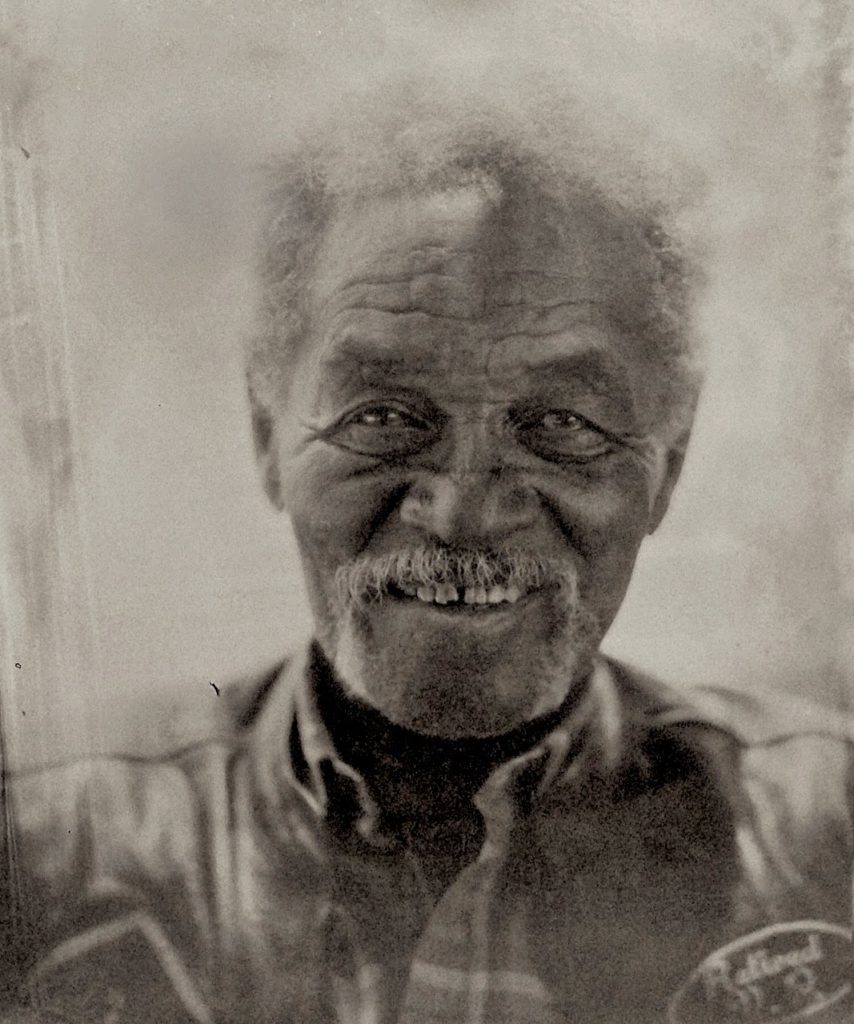

Behind The Motorcycles In ‘Easy Rider,’ A Long-Obscured Story
ARUN RATH, HOST:
The auction house Profiles In History sits in a short, average-looking office building in Calabasas, California. But it holds some of the most famous relics in movie history.
SABRINA PROPPER: Do you know what this is? This is the “Indiana Jones” whip.
RATH: Sabrina Propper works at the auction house.
PROPPER: Oh, this is the “Citizen Kane” jacket worn by Orson Welles.
RATH: There are Wolverine’s claws from “X-Men,” a crown from “Game Of Thrones,” and next Saturday, Profiles In History will sell Lot 1121, what the auction house says is the last remaining authentic motorcycle from the 1969 film “Easy Rider” –

RATH: – The “Captain America” motorcycle that Peter Fonda rode in the film with the American flag paint job and the long front end. The bike is like the movie – legendary. But for many years the history of who built it has been largely unknown. NPR’s Tom Dreisbach reports.
(SOUNDBITE OF FILM, “EASY RIDER”)
UNIDENTIFIED ACTOR #1: What do you say we take a look at these super machines we’ve been hearing so much about?
UNIDENTIFIED ACTOR #2: Let’s get it on.
(SOUNDBITE OF MOTORCYCLE)
TOM DREISBACH, BYLINE: The “Captain America” bike was not simply taken out of a showroom and in front of the camera. It was handmade – what’s known as a chopper.
D’ORLEANS: It’s a type of customized motorcycle usually defined by a stretched-out wheelbase and pulled back handlebars and a wild paint job. I mean, those are sort of the cliche indicators.
DREISBACH: That’s Paul d’Orleans. He’s an expert on vintage motorcycles and the author of “The Chopper: The Real Story.” He says the bikes in “Easy Rider” embodied chopper culture of the 1960s and took it mainstream.

DREISBACH: But d’Orleans says while the two “Easy Rider” bikes became icons, the names of the builders remained obscure.
D’ORLEANS: Most choppers – it’s associated with who built this because they are an artistic creation. And curiously, the “Easy Rider” bikes were never associated with any particular builder.
DREISBACH: Here’s where the story gets complicated and conflicted. In the past few years, with some work by d’Orleans and others, two names emerged more publicly – there’s Ben Hardy, a prominent African-American motorcycle builder in Los Angeles and Clifford Vaughs, a black civil-rights activist, motorcyclist and bike builder.
Hardy died in 1994. This past week, I reached Clifford Vaughs, now 77 years old. Vaughs says he met Peter Fonda while working for an LA radio station. Fonda had been arrested for marijuana possession and Vaughs was sent to cover the court proceedings. They got to talking.
CLIFFORD VAUGHS: And so we talked about motorcycles. He asked me what I was doing. I said I have a hobby on the side. I build motorcycles.
DREISBACH: Sometime after, Dennis Hopper and Peter Fonda came over to Vaughs’ place in West Hollywood. They talked about making a motorcycle movie.
VAUGHS: I said well, I can build whatever we need for the film right here in my place.

LARRY MARCUS: OK, Cliff really came up with the design for both motorcycles.
DREISBACH: Before his death in 2010, director and star Dennis Hopper also credited Vaughs. In the past, Peter Fonda has said he himself designed the bikes. Fonda’s publicist said that he was unavailable for comment on this story. Vaughs and others were fired early on in the film production, and his name never appeared in the credits. But Vaughs also believes the contribution of African-Americans has been conspicuously left out of the story of “Easy Rider.”
VAUGHS: And really those bikes, I mean, we talk about iconic. They are definitely iconic, but yet, the participation of blacks completely suppressed. And I say suppressed because no one talks about it.
DREISBACH: Now 45 years after the film’s release, Vaughs has still never seen the film. When I asked him why, he responded simply.
VAUGHS: What for?
DREISBACH: Vaughs says he’s troubled that the film depicts ’60s bike culture but has no African-American characters. At the time, he belonged to The Chosen Few, a motorcycle club that was racially integrated. That reality doesn’t appear on screen. The Profiles In History auction house notes the role of Hardy and Vaughs in building the bikes, but acquisitions manager Brian Chanes says what happened to them is sadly typical in Hollywood.
BRIAN CHANES: The guys that are back there doing the welding, the guys that are doing the set building that are really masters of their craft, they don’t get the props. You know, that’s it, they don’t get the notoriety, unfortunately.
DREISBACH: And Clifford Vaughs still has mixed feelings about this very short chapter in a long life.
VAUGHS: What can I say? Simply, I’m a little miffed about this, but there’s nothing I can do.
DREISBACH: He says he’s not looking for credit. Vaughs says he knows the work he did in his backyard all those years ago. Tom Dreisbach, NPR News.




My hats off to you good sir . A very nice job of being informative to what overall is a very uninformed audience ( NPR ) when it comes to customs , choppers and motorcycles in general without being the least bit condescending or patronizing .
And to those who haven’t .. buy the damn book !
FYI ; NPR member and damn proud of it !